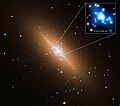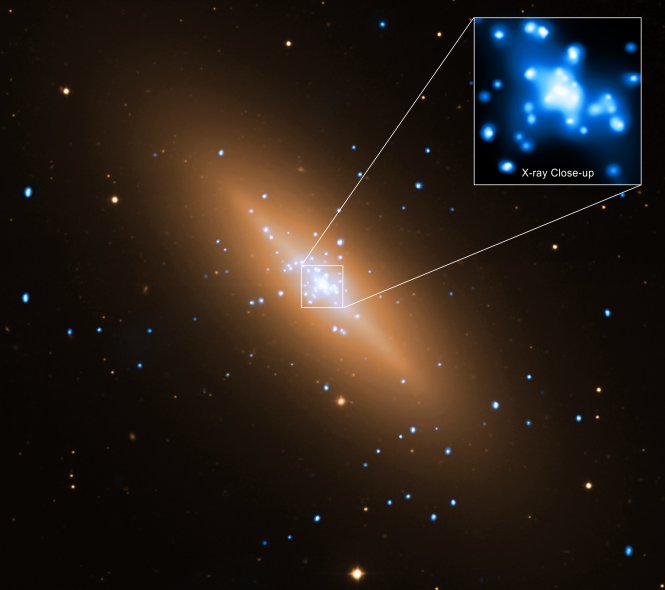Fichier:NGC 3115.jpg
NGC_3115.jpg (665 × 590 pixels, taille du fichier : 32 kio, type MIME : image/jpeg)
Historique du fichier
Cliquer sur une date et heure pour voir le fichier tel qu'il était à ce moment-là.
| Date et heure | Vignette | Dimensions | Utilisateur | Commentaire | |
|---|---|---|---|---|---|
| actuel | 4 août 2011 à 12:07 |  | 665 × 590 (32 kio) | Mohamed Osama AlNagdy~commonswiki | {{Information |Description ={{en|1=NGC 3115 Galaxy}} |Source =NASA |Author =NASA |Date = |Permission = |other_versions = }} |
Utilisation du fichier
La page suivante utilise ce fichier :
Usage global du fichier
Les autres wikis suivants utilisent ce fichier :
- Utilisation sur ar.wiki.x.io
- Utilisation sur arz.wiki.x.io
- Utilisation sur ast.wiki.x.io
- Utilisation sur az.wiki.x.io
- Utilisation sur bs.wiki.x.io
- Utilisation sur ca.wiki.x.io
- Utilisation sur ce.wiki.x.io
- Utilisation sur cs.wiki.x.io
- Utilisation sur de.wiki.x.io
- Utilisation sur diq.wiki.x.io
- Utilisation sur el.wiki.x.io
- Utilisation sur en.wiki.x.io
- Utilisation sur eo.wiki.x.io
- Utilisation sur es.wiki.x.io
- Utilisation sur eu.wiki.x.io
- Utilisation sur fa.wiki.x.io
- Utilisation sur hr.wiki.x.io
- Utilisation sur hu.wiki.x.io
- Utilisation sur it.wiki.x.io
- Utilisation sur ja.wiki.x.io
- Utilisation sur kk.wiki.x.io
- Utilisation sur kw.wiki.x.io
- Utilisation sur la.wiki.x.io
- Utilisation sur lb.wiki.x.io
- Utilisation sur lt.wiki.x.io
- Utilisation sur mk.wiki.x.io
- Utilisation sur nl.wiki.x.io
- Utilisation sur pl.wiki.x.io
- Utilisation sur pt.wiki.x.io
- Utilisation sur ro.wiki.x.io
- Utilisation sur sh.wiki.x.io
- Utilisation sur sk.wiki.x.io
- Utilisation sur sv.wiki.x.io
- Utilisation sur tt.wiki.x.io
- Utilisation sur uk.wiki.x.io
- Utilisation sur vi.wiki.x.io
- Utilisation sur www.wikidata.org
- Utilisation sur zh.wiki.x.io


